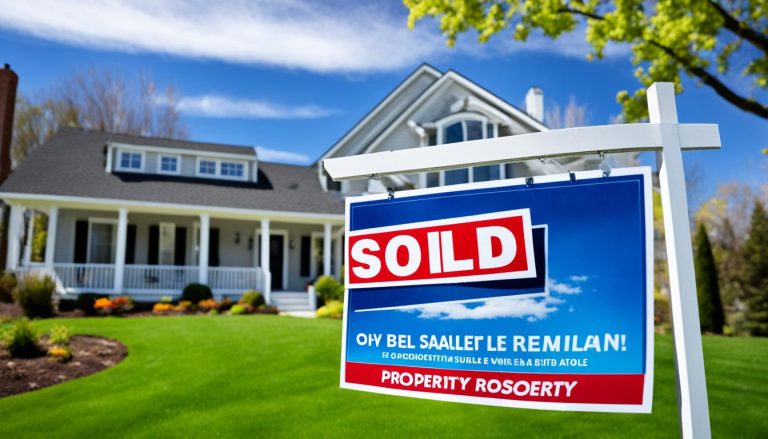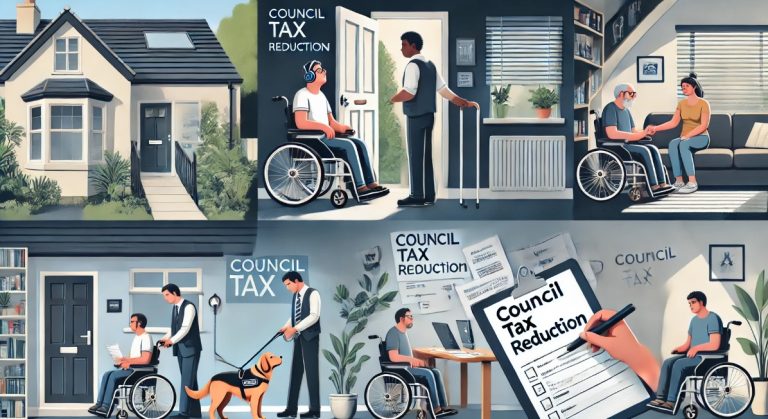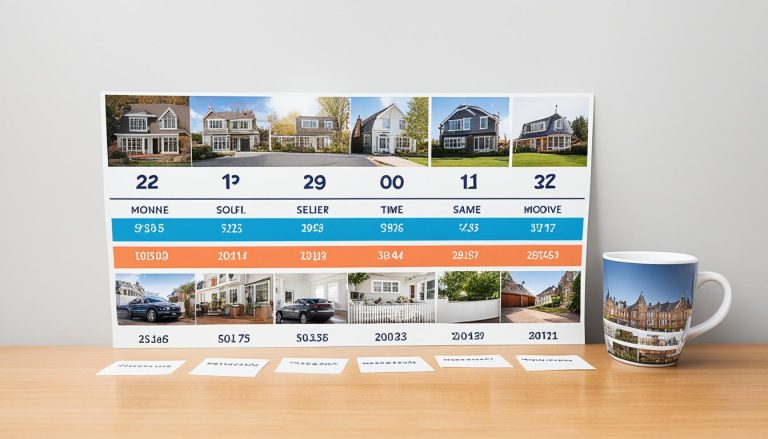Welcome to our article exploring the limitations and restrictions that apply to Grade 2 listed buildings in the UK. If you are planning to alter or renovate a listed building, it’s crucial to understand the rules and regulations that govern these historically significant properties.
Grade 2 listed buildings are protected by law due to their architectural or historical importance. As a result, there are specific restrictions in place to ensure their preservation for future generations. These rules exist to safeguard the character and heritage of these buildings, maintaining their unique charm and significance.
Throughout this article, we will delve into the details of listed building rules and the restrictions that apply, providing you with a comprehensive understanding of what you can and cannot do to a Grade 2 listed building.
From alterations to planning permission requirements, we’ll cover it all. So, if you’re ready to explore the fascinating world of preserving and renovating Grade 2 listed buildings, let’s dive in!
What Can’t You Do to a Grade 2 Listed Building in UK?
When it comes to altering Grade 2 listed buildings in the UK, it is essential to understand the listing designations and regulations that govern them. These designations are crucial in preserving the historical and architectural significance of these buildings. In this section, we will explore the different listing designations and the regulations that apply to them, focusing on the types of alterations that require planning permission and the process involved in obtaining it.
Alterations to Listed Buildings:
Altering a Grade 2 listed building requires careful consideration and compliance with planning regulations. Listed building consent is necessary for any alterations that may affect the historic fabric of the building, its character, or appearance. It is important to note that even minor changes to listed buildings may require permission.
Planning Permission for Listed Buildings:
Planning permission for listed buildings involves submitting a detailed application to the local planning authority, outlining the proposed alterations. This application should include comprehensive plans and documentation that clearly demonstrate how the proposed changes will preserve the building’s historical features and significance. The planning authority will assess the application based on the impact of the alterations on the listed building’s character and the surrounding area.
It is worth mentioning that the process of obtaining planning permission for alterations to listed buildings can be complex, requiring a thorough understanding of the regulations and guidance set forth by heritage organizations. Engaging the services of heritage consultants or conservation officers can be invaluable in navigating this process smoothly.
| Types of Alterations | Examples |
|---|---|
| Internal Alterations | Remodeling rooms, installing new fixtures |
| External Alterations | Repairs, extensions, changes to windows or doors |
| Change of Use | Converting a residential building into a commercial space |
| Demolition | Partial or complete demolition of the building |

Understanding the listing designations and the need for planning permission is essential when considering alterations to Grade 2 listed buildings. Complying with the regulations ensures the preservation of these historically significant structures while allowing for necessary updates and improvements. In the next section, we will explore the specific limitations and prohibited changes that apply to listed buildings, providing further guidance for those looking to undertake renovations or modifications.
Limitations and Prohibited Changes for Listed Buildings
When it comes to Grade 2 listed buildings in the UK, there are specific limitations and prohibited changes that must be considered during any renovation or modification process. These restrictions are in place to protect the historical significance and character of these buildings.
One of the key limitations for listed buildings is the preservation of their historic features. Removing or altering these features, such as original windows, doors, or architectural details, is generally considered unacceptable.
Additionally, changes that significantly impact the building’s character or architectural integrity are often prohibited. This includes demolishing entire sections or making alterations that fundamentally alter the building’s appearance.
While modifications to listed buildings are not entirely off-limits, it is crucial to work within the set boundaries and seek the necessary permissions. Alterations that respect the historical value of the building and contribute to its preservation are usually more likely to be approved.
To provide further clarity, here are some examples of prohibited changes and alterations:
- Removing or altering original windows, doors, or architectural details.
- Changing the building’s external materials or altering its roof.
- Demolishing or significantly altering the building’s structure.
- Modifying the building’s interior layout or altering significant historic features.
- Adding extensions or outbuildings that negatively impact the building’s character or setting.
It is important to note that restrictions and permitted alterations can vary depending on the specific listing and the local planning authority. It is always advisable to consult with conservation officers and heritage consultants who specialize in working with listed buildings.
By understanding the limitations and prohibited changes for Grade 2 listed buildings, you can ensure that any renovation or modification plans are compliant with the preservation requirements while still honoring the building’s historical significance.
| Prohibited Changes | Examples |
|---|---|
| Removing historic features | Removing original windows or doors |
| Changing building’s character | Altering the architectural integrity |
| Demolishing sections | Tearing down significant portions |
Working closely with experts and understanding the limitations will ensure that your renovation of a listed building respects its historical value while still allowing for necessary modifications.

Working with Conservation Officers and Heritage Consultants
Preserving the historical significance of Grade 2 listed buildings is of utmost importance when considering any alterations. To ensure that your proposed changes align with the building’s heritage, it is crucial to collaborate with conservation officers and heritage consultants.
Conservation officers play a vital role in the preservation and protection of listed buildings. They are responsible for assessing proposed alterations and ensuring that they are in line with the building’s historical value. Their expertise and knowledge of conservation principles make them valuable resources throughout the renovation process.
When working with conservation officers, it is important to engage their services early on. By consulting with them at the planning stage, you can gain valuable insights into the specific guidelines and regulations that apply to your Grade 2 listed building. This proactive approach will help you avoid unnecessary delays and ensure that your alterations meet the necessary requirements.
Heritage consultants, on the other hand, bring a wealth of expertise in heritage conservation and architectural history. They can provide invaluable advice and guidance on preserving the unique features and character of the building. Their input can help you make informed decisions about the appropriate materials, restoration techniques, and design choices that honor the building’s historical significance.
Benefits of Working with Conservation Officers and Heritage Consultants:
- Expertise in historical preservation
- Knowledge of specific regulations and guidelines
- Assistance in obtaining necessary consents and permissions
- Insight into appropriate restoration techniques and materials
- Preservation of the building’s unique character and charm
- Enhanced credibility and trust with local authorities
By working closely with conservation officers and heritage consultants, you can ensure that your alterations not only comply with the necessary regulations but also preserve the authenticity and historical value of your Grade 2 listed building. Their guidance and expertise will help you navigate the complex process of renovation while safeguarding the building for future generations to appreciate and enjoy.

Conclusion
To successfully navigate the world of Grade 2 listed buildings in the UK, it is crucial to have a solid understanding of the rules and restrictions that apply. These buildings hold immense historical and architectural value, and it is our responsibility to preserve and protect them for future generations.
When it comes to alterations and renovations, listed building rules can be stringent. Planning permission is often required for changes that may impact the building’s character or historic features. It is essential to consult with conservation officers and heritage consultants who specialize in preserving listed buildings to ensure compliance with these regulations.
Renovating a Grade 2 listed building is not without its challenges, but it is a worthwhile endeavor. By embracing the restrictions placed on these iconic structures, we can celebrate their unique heritage and add value to our communities. So, before embarking on any alterations, take the time to thoroughly research and understand the guidelines to ensure a successful and respectful renovation.
In conclusion, Grade 2 listed buildings are an integral part of the UK’s cultural heritage. They embody the country’s rich history and require careful consideration and adherence to the listed building rules. By embracing these limitations and working alongside experts, we can create a harmonious blend of preservation and modernization, ensuring that these cherished architectural gems stand the test of time.
FAQ
What restrictions apply to Grade 2 listed buildings in the UK?
Grade 2 listed buildings in the UK are subject to certain limitations and restrictions. These buildings are considered to be of special historic or architectural importance and are protected by law. Any proposed alterations or renovations to a Grade 2 listed building must adhere to specific guidelines and regulations.
Do I need planning permission to make changes to a Grade 2 listed building?
Yes, planning permission is required for most alterations to Grade 2 listed buildings. The planning authority will carefully consider the proposed changes to ensure they are in line with the building’s historic significance. It is important to consult with the relevant local planning authority and obtain their approval before proceeding with any modifications.
What modifications are generally prohibited for Grade 2 listed buildings?
Certain modifications are generally prohibited for Grade 2 listed buildings. These may include removing or altering historic features, changing the building’s character, or making changes that would significantly impact its architectural integrity. It is crucial to work closely with conservation officers and heritage consultants to ensure any proposed alterations meet the necessary requirements.
How can conservation officers and heritage consultants help when working with Grade 2 listed buildings?
Conservation officers and heritage consultants play a crucial role in the preservation of Grade 2 listed buildings. They have extensive knowledge and expertise in historic preservation and can provide guidance on the appropriate alterations that maintain the building’s historical significance. Working with these professionals ensures that any proposed changes align with the building’s heritage and adhere to the necessary regulations.
Why is it important to understand listed building rules when making alterations?
Understanding and adhering to listed building rules is crucial when making alterations to Grade 2 listed buildings. Failure to comply with the regulations can result in legal consequences and may lead to the loss of historical features or damage to the building’s integrity. By following the guidelines and seeking appropriate approvals, we can preserve these important cultural assets for future generations to enjoy.






